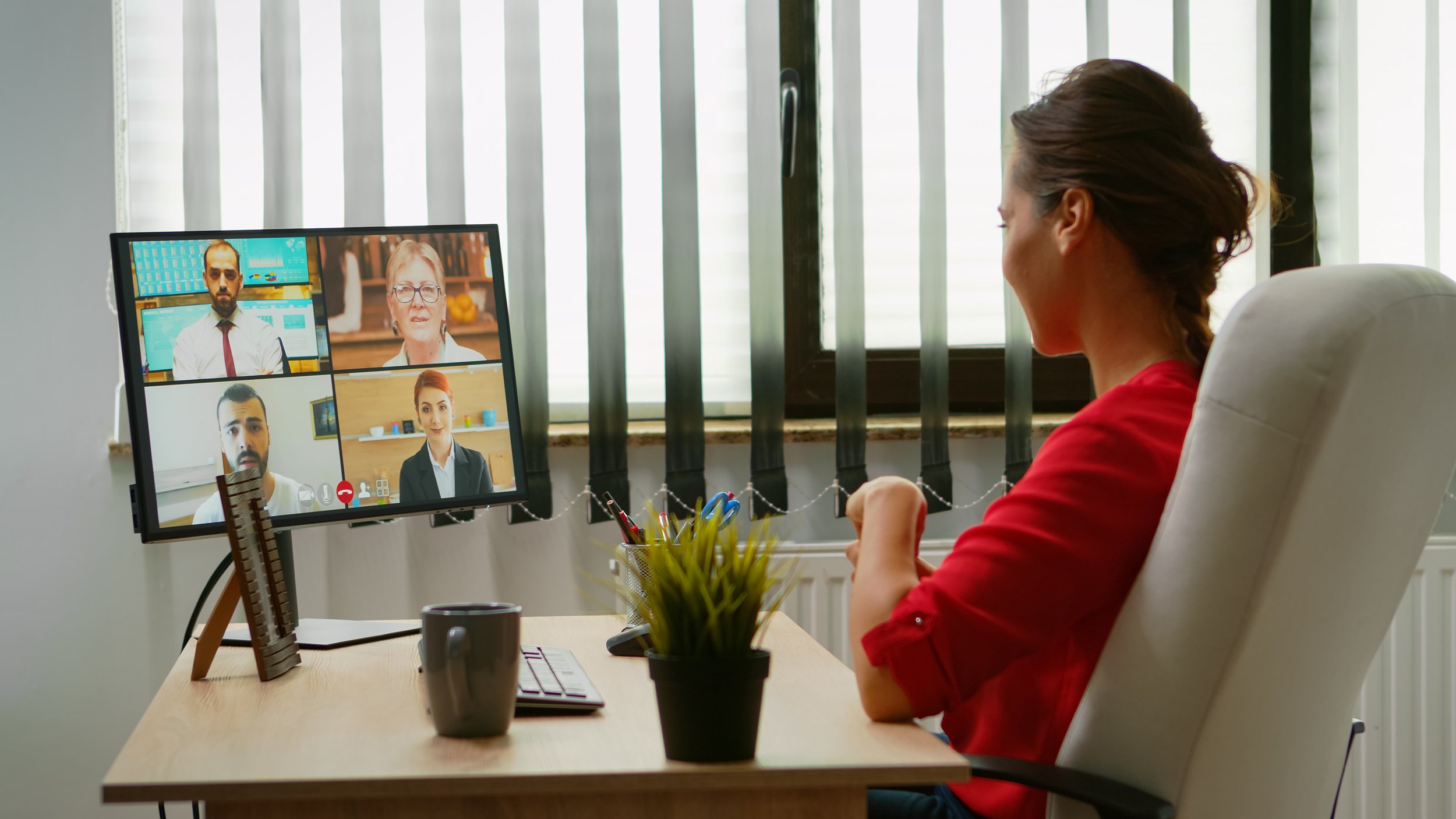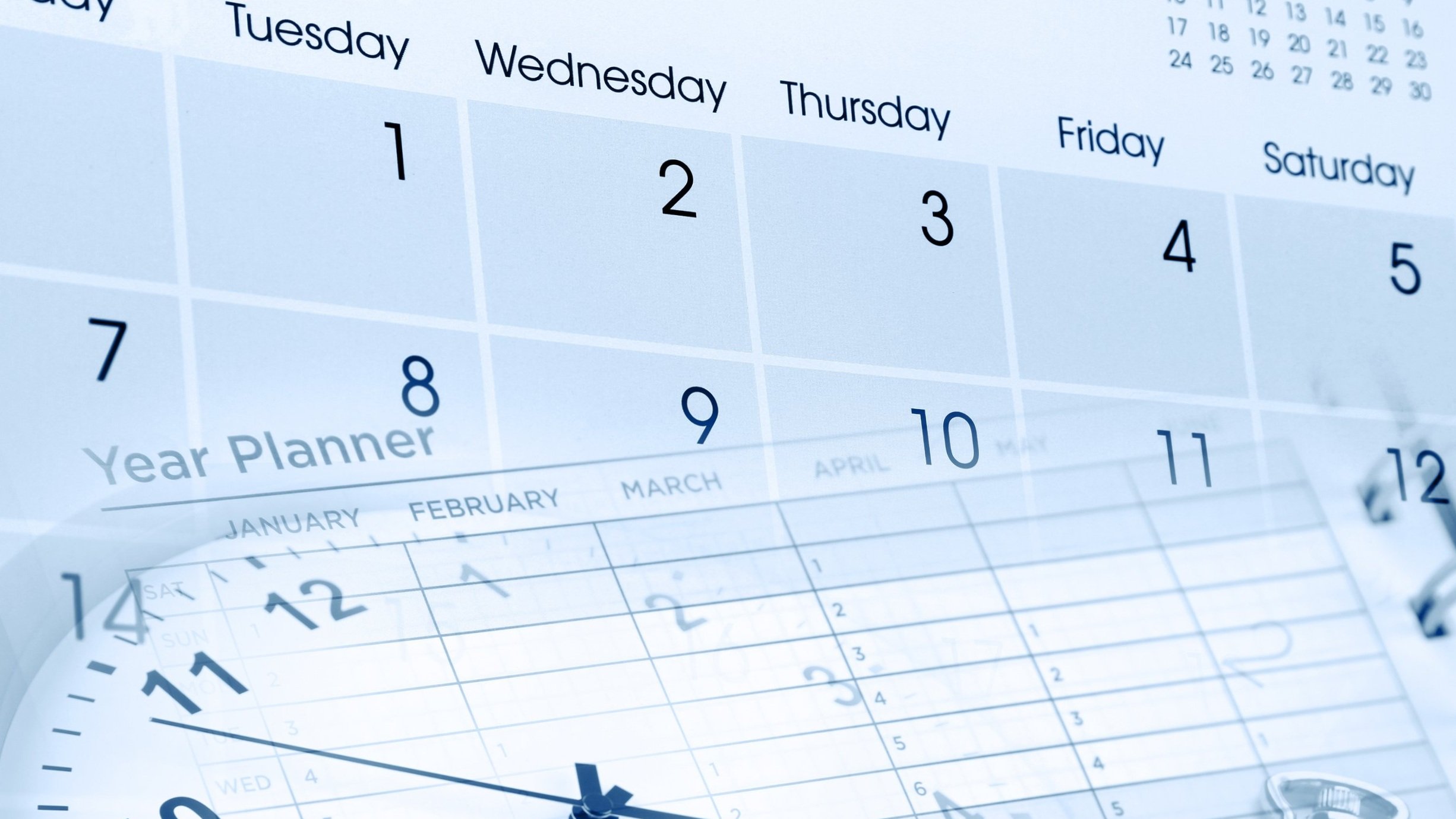People are working 15-hour days but there is no outcome
Many individuals find themselves working tirelessly for long hours, sometimes up to 15 hours a day, in pursuit of their goals and aspirations.
Despite their unwavering dedication, they often encounter a frustrating reality - there is little to no tangible outcome to show for their efforts.
Many individuals find themselves working tirelessly for long hours, sometimes up to 15 hours a day, in pursuit of their goals and aspirations.
Despite their unwavering dedication, they often encounter a frustrating reality - there is little to no tangible outcome to show for their efforts. This phenomenon begs the question: why are people investing so much time and energy without seeing the desired results?
In this article, we will explore the challenges and potential solutions to this predicament, shedding light on the underlying factors that contribute to this phenomenon and offering insights on how individuals can break free from this cycle to achieve meaningful outcomes.
1. Identify the root cause: The first step in addressing the issue of long workdays without outcomes is to identify the root cause. Is it a lack of direction or unclear goals?
Are there too many distractions or interruptions during the workday? By identifying the underlying issue, you can begin to develop strategies for addressing it.
2. Set clear goals and priorities: To ensure that long workdays lead to tangible outcomes, it's important to set clear goals and priorities. Work with your team or supervisor to identify the most important tasks or projects and focus your energy on completing them. Avoid getting bogged down in less important tasks or distractions.
3. Break tasks into manageable chunks: Long workdays can be overwhelming if you feel like you're not making progress. One way to combat this is to break tasks into manageable chunks. Set achievable goals for each day or week and focus on making progress toward those goals. This can help you feel more productive and motivated.
4. Take breaks and prioritise self-care: Working long hours can be exhausting, both physically and mentally. It's important to take breaks throughout the day to recharge your energy and focus.
Additionally, prioritise self-care activities such as exercise, meditation, or time with friends and family. These activities can help you stay energised and focused during long workdays.
5. Consider delegation or outsourcing: If you're working long hours but still not seeing outcomes, it may be time to consider delegating or outsourcing tasks.
Work with your team or supervisor to identify tasks that can be delegated to others or outsourced to outside professionals. This can help free up your time and energy to focus on more important tasks.
In conclusion, working 15-hour days without seeing outcomes can be frustrating and demotivating.
However, by identifying the root cause, setting clear goals and priorities, breaking tasks into manageable chunks, taking breaks and prioritising self-care, and considering delegation or outsourcing, you can improve productivity and achieve tangible results.
Remember, productivity is not about how many hours you work, but rather about how effectively you use your time and energy to achieve your goals.
Check more good stuff from our thought articles library
How to reduce meetings in your organisation
Meetings can be a valuable tool for collaboration and communication in an organisation, but they can also be a major source of frustration and time-wasting
Too many meetings can lead to decreased productivity, increased stress, and a negative impact on employee morale.
Meetings can be a valuable tool for collaboration and communication in an organisation, but they can also be a major source of frustration and time-wasting
Too many meetings can lead to decreased productivity, increased stress, and a negative impact on employee morale. In this article, we'll explore some strategies for reducing the number of meetings in your organisation, without sacrificing the benefits of collaboration and communication.
1. Assess the need for each meeting: The first step in reducing the number of meetings in your organisation is to assess the need for each one. Are all of the meetings on your calendar necessary?
Are there any that could be eliminated or consolidated? By carefully evaluating each meeting, you can identify areas where you can reduce the number of meetings without compromising productivity.
2. Limit meeting attendance: Another way to reduce the number of meetings in your organisation is to limit attendance. Only invite people who are essential to the meeting's purpose, and avoid inviting those who don't need to be there. By limiting attendance, you can reduce the number of meetings and minimize interruptions to people's work.
3. Shorten meeting duration: Meetings can often go on for too long, which can lead to decreased productivity and employee frustration. By shortening the duration of meetings, you can reduce the time people spend in meetings and free up more time for other work. Consider setting a time limit for each meeting and stick to it.
4. Encourage alternative forms of communication: Meetings are not the only way to communicate and collaborate. Encourage your employees to use alternative forms of communication, such as email, instant messaging, or project management software. These tools can be just as effective as meetings and can help to reduce the number of meetings needed.
5. Schedule "meeting-free" time: To help employees focus on their work, consider scheduling "meeting-free" time blocks throughout the day or week. During these blocks, no meetings are allowed, and employees can focus on their individual tasks without interruptions. This can be an effective way to increase productivity and reduce the need for meetings.
To sum up, meetings serve as a crucial aspect of fostering collaboration and communication within an organisation. However, they can also become a significant cause of frustration and unproductive use of time.
By assessing the need for each meeting, limiting attendance, shortening meeting duration, encouraging alternative forms of communication, and scheduling "meeting-free" time, you can reduce the number of meetings in your organisation and increase productivity.
Remember, productivity is not about how many meetings you have, but rather about how effectively you use your time and energy to achieve your goals.work done, even when you feel too busy.
Check more good stuff from our thought articles library
Am I too busy to get any work done?
As the pace of life continues to accelerate, it's becoming increasingly common to feel like we're too busy to get any work done.
Whether it's due to a never-ending to-do list, constant interruptions, or the pressure to multitask, it can be difficult to find the time and focus to be productive.
As the pace of life continues to accelerate, it's becoming increasingly common to feel like we're too busy to get any work done.
Whether it's due to a never-ending to-do list, constant interruptions, or the pressure to multitask, it can be difficult to find the time and focus to be productive.
In this article, we'll explore some strategies for managing your time and energy so that you can get more work done, even when you feel too busy.
1. Prioritise your tasks: One of the most effective ways to manage your workload is to prioritise your tasks. Start by identifying the most important tasks that require your attention and focus on completing them first. This will help you make progress on the most critical work and reduce the feeling of overwhelm.
2. Create a schedule: A schedule can be a powerful tool for managing your time and staying focused. Block out time in your calendar for specific tasks or projects and stick to your schedule as much as possible.
This will help you establish a routine and create a sense of structure, which can help you feel more in control of your workload.
3. Minimise distractions: Distractions are one of the biggest challenges to getting work done when you're feeling busy. Identify the things that distract you the most, such as social media, email notifications, or colleagues, and take steps to minimise them.
For example, you could turn off notifications, use noise-cancelling headphones, or find a quiet place to work.
4. Take breaks: Taking regular breaks can help you recharge your energy and stay focused. Consider taking a short walk, practicing meditation or yoga, or simply stepping away from your desk for a few minutes. This can help you return to your work with renewed focus and energy.
5. Learn to say no: One of the most challenging aspects of feeling busy is the pressure to take on more work or obligations. However, learning to say no can be a powerful tool for managing your workload and protecting your time.
Be selective about the commitments you make and focus on the things that are most important to you.
In conclusion, executing successfully requires a combination of clear goals, effective communication, a strong team, a solid execution plan, and progress measurement and analysis.
By following these top 5 tips, companies can improve their execution and achieve their goals more effectively.
















Measuring success is an essential part of any business or organisation. Without proper measurement, it can be challenging to determine whether your efforts are having the desired impact and whether you are moving towards achieving your goals.